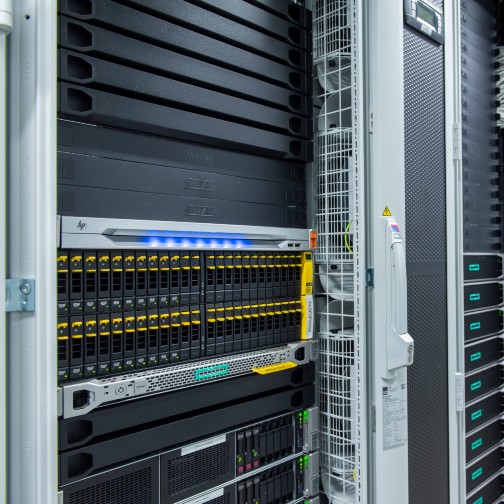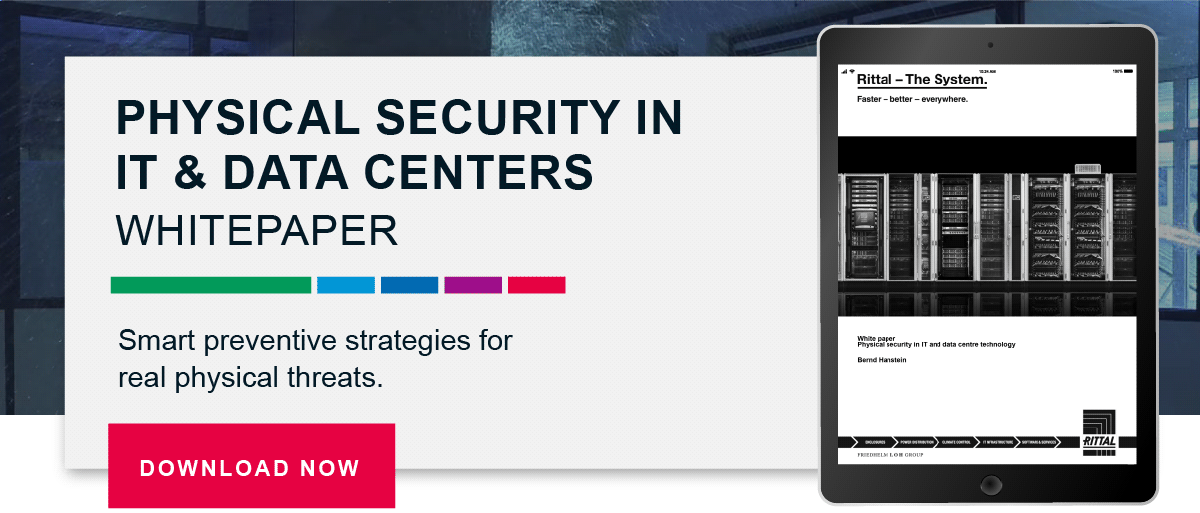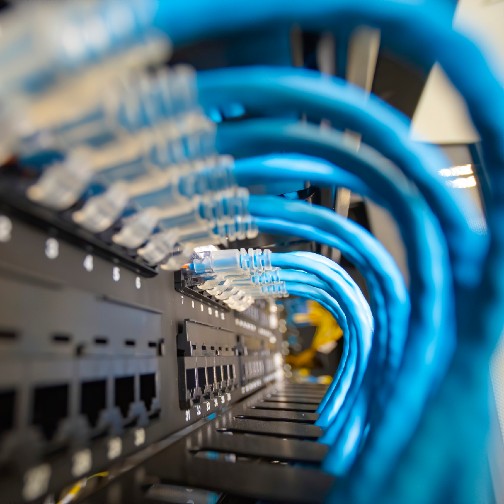Why IP Ratings Matter for IT Enclosures
The release of Apple’s iPhone XS and XS Max models in late 2018 came with much fanfare about the phones’ water-resistance – the devices were promoted as having an IP68 certification, indicating that they could survive being submerged in water up to 2m in depth for 30 minutes at a stretch. (The “6” in the IP68 rating denotes its dust-resistance capability, and the “8” denotes its water-resistance. “6” is the highest dust-resistance rating for a consumer device, and “8” is the highest water-resistance.) This news got businesses thinking about their operations-related equipment and the levels of protection provided by housings or enclosures.
While rating a phone’s water- and dust-resistance was new to Apple at the time, the IT enclosure industry has used IP standards for decades. It makes sense when you consider that a phone’s “enclosure” protects the contents of a single device, while an IT enclosure is responsible for protecting an enormous investment in equipment and data.
What is an IP (Ingress Protection) Rating?
“IP” stands for Ingress Protection (though some suggest that it stands for International Protection). Either way, it’s a two-digit grading system that’s applied to the enclosure of a mechanical or electrical item, indicating that item’s resistance to “intrusions.” In the IT enclosure industry, the ratings are used to define the sealing effectiveness against intrusion from foreign bodies and moisture. Specifically, the IP code assigned to the enclosure indicates the level of:
- Resistance to ingress, accidental or otherwise, by the user
- Resistance to ingress from foreign bodies
- Resistance to moisture ingress
The first of the two digits in an IP rating is a number between 0-6, and indicates the degree of protection from ingress of solid objects (the user themself, and other potentially harmful particulates such as dust or dirt). The second is a number between 0-8, indicating the resistance to moisture ingress.
An IP rating was developed to offer highly specific information about an enclosure’s ability to protect its contents, and eliminates reliance on vague terms like “waterproof,” which can be misleading...and potentially costly.
Protecting Your IT Enclosures: What IP Rating You Need
IT Managers and Facility Managers are seeing more IT loads getting placed closer to the point of use, and this is leading to growing importance of the quality of enclosures and protection from ingress that they provide. That’s because Edge deployment environments are “uncontrolled” – air quality (and temperatures) are not consistent, as they are in a data center.
So, what level of protection does your enclosure need to provide? The actual IP rating needed for your environment will depend on the amount and type of ingress risk that exists on site. Most manufacturing facilities produce a significant amount of dust and debris, and involve water, oil and solvents, all of which could easily damage network equipment. Food manufacturing facilities, by comparison, are often tightly controlled by FDA requirements for cleanliness, so they may require enclosures with IP ratings that are higher for protection against water but lower for protection from dust/debris.
All that being said, the IP rating of your enclosure is something to be determined by you and your enclosure partner, and based on the specific conditions and risks of that environment.
Other Features to Look For When Choosing an IT Enclosure
In addition to protection against ingress, look for these features when investing in quality IT enclosures:
- Security. While IT Managers worry about software intrusions into IoT devices, Facility Managers focus on the very real threat of theft of components from within the enclosure. It’s important to choose enclosures for Edge deployments that feature robust locking and security mechanisms.
- Scalability. For you to be able to quickly scale your Edge systems, you need the flexibility of modular enclosures. Look for those that are bayed, side-to-side or back-to-back to accommodate a variety of footprints and allow easy access to the equipment; doors should be reversible to accommodate different floor layouts.
- Climate control. Without reliable climate control, network equipment could experience significant – sometimes permanent – downtime. Climate solutions should be aligned with both your current thermal loads, and those you anticipate managing in the future. Also look for enclosures with network connectivity so you can remotely monitor and manage heat removal.
IP rating is just one important factor contributing to the overall integrity and flexibility of your enclosure. When investing in protection of your network equipment, the best decision is one that takes into account all types of vulnerabilities present in your environment – water and particulates, but also security, heat removal, and the ability to quickly scale to meet evolving needs. If you want to implement an edge data center with utmost confidence, talk to experts in the field. Rittal is the global leader in enclosures, and companies around the world rely on us to protect their most critical investments.




